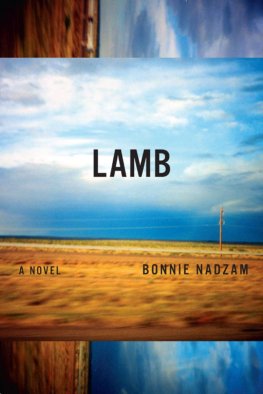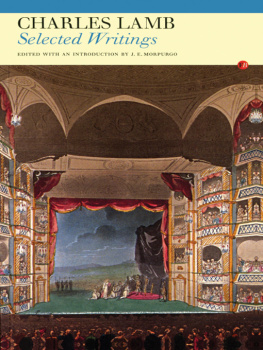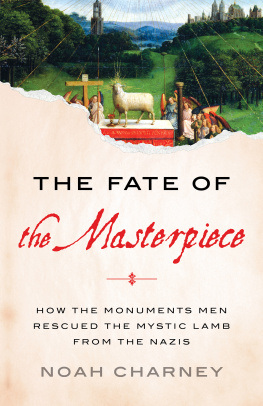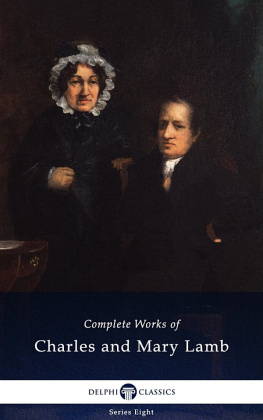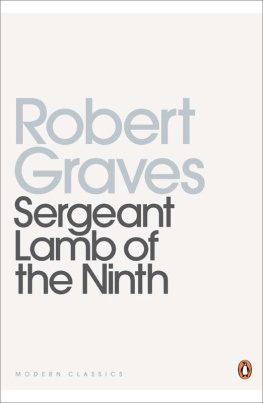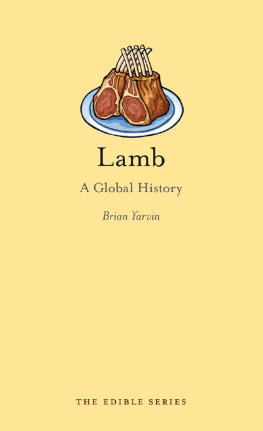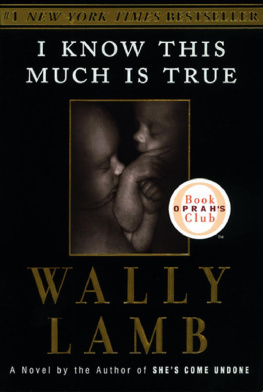Table of Contents
TO URKA,
the love of my life,
and to
HUBERT VAN EYCK,
who taught me the joys of gnawing on ones own foot
PROLOGUE
The Wolves and the Lamb
They found him in a whitewashed cottage nestled in a dark German forest. Hermann Bunjes was an art expert who had been an SS officer until he deserted the Nazi army. Gaunt and pale, Bunjes was hiding from three antagonists: the Allies, the Nazi army, and the German people, who feared and hated the SS to such an extent that his greatest worry was falling victim to their vigilante justice.
Captain Posey and Private Kirstein surveyed the small refuge where Bunjes lived with his young wife and baby. Though the front line raged mere kilometers away, the cottage was a tranquil contrast to the chaotic final months of the Second World War. It was full of flowers and art history books. Photographs were pinned to the wallsblack-and-white prints of French Gothic art and architecture: Notre Dame de Paris, Cluny, La Sainte Chapelle, Chartres.
Posey and Kirstein, American officers of the Monuments and Fine Arts Division, a group of art historians, architects, and archaeologists charged with protecting art and monuments in conflict zones, were war-zone art detectives. They were assigned to General George Pattons Allied Third Army, gathering clues as to the whereabouts of stolen art. Since the start of the war, they had heard rumors of the wholesale looting of artwork from Nazi-occupied territories. It was clear that thousands of works of art had been seized by Nazi troops, but they did not know whether there was an overall plan or destination for the loot.
They had been given a list of major artworks that had disappeared since the start of the war. The list included the masterpieces from museums such as the Louvre and the Uffizi: Davids from France, Botticellis from Italy, and Vermeers from the Netherlands. These works were symbols of state, of empire, of patrimony. Their value was incalculable, their destruction irrevocable. At the head of that list was The Ghent Altarpiece by Jan van Eyck.
Also referred to by the subject of its central panel, The Adoration of the Mystic Lamb, The Ghent Altarpiece was perhaps the most important painting in the history of art. It was certainly the most frequently stolen and, it could be argued, the most desired. It had proved particularly elusive. Posey and Kirstein had been seeking it since rumor of its theft reached them in Paris, more than a year before. Through their research, they had learned of the many crimes involving van Eycks masterwork. It had been the victim of every conceivable transgression that could imperil a work of art. Over the course of five centuries it had been involved in thirteen crimes, both attempted and successful, and had rarely remained intact in its place of origin for more than a few years at a time.
Its history of disappearances was all the more amazing considering that the Renaissance altarpiece consisted of twelve painted oaken panels that combined to weigh around two tons. An enormous triptych the size of a barn wall (14.5 by 11.5 feet), it had been painted for a church in the city of Ghent by the young Flemish master Jan van Eyck between 1426 and 1432. It was the first major oil painting in history, and it inspired centuries of artists to take up oil as their preferred artistic medium. It was also considered the fulcrum between the art of the Middle Ages and the Renaissance, and the origin of artistic realism.
The Ghent Altarpiece was the coveted trophy of both Hitler and Reichsmarschall Hermann Gring. Both men sought to outmaneuver one another to capture it for their personal collections. Its fame and beauty aside, they saw the work as a symbol of Aryan supremacy and idolized the artist who created it as an exemplary figure in Teutonic history. They were undoubtedly aware of its recent past. Panels owned, question-ably, by the king of Prussia and on display in Berlin before the First World War had been returned to Ghent under the terms of the Treaty of Versailles, a source of outrage to the German people. If Hitler could recapture the altarpiece, then he would right a perceived wrong against Germany.
Rumor had it that Hitler was also convinced that the painting contained a coded map to lost Catholic treasures, the so-called Arma Christi, or instruments of Christs Passion, including the Crown of Thorns and the Spear of Destiny. Hitler believed that the possession of the Arma Christi would grant their owner supernatural powers. Hitler and other Nazi officials were fascinated by the occult and assembled a research group, the Ahnenerbe, to study and seek out supernatural phenomena and magical objects. Hitler financed expeditions into Tibet to capture a yeti (the so-called abominable snowman) for military use; to Iceland to look for the entrance to Thule, a mythical land of giants and telepathic faeries, which was the real place of origin of the Aryans, according to Hitlers belief; and in search of religious relics whose magical properties could ensure Nazi triumph, including the Holy Grail and the Ark of the Covenant. As the prospect of a Nazi victory looked more precarious, Hitler escalated his efforts to find supernatural means to turn the tide.
But Gring outmaneuvered Hitlers agents and reached The Ghent Altarpiece first. Against the fhrers direct orders, one of Grings henchmen had stolen van Eycks masterpiece from a castle in the south of France, at the foot of the Pyrenees, and brought it to Paris. Then it disappeared. The whereabouts of The Ghent Altarpiece were unknown to both Allies and most Nazi officials. Posey and Kirstein had gathered frustratingly contradictory tidbits of information on its locationuntil now.
A Harvard-educated scholar of thirteenth-century French sculpture, Hermann Bunjes had worked as an art advisor to Alfred Rosenberg, chief of the ERR (Einsatzstab Rosenberg), the Nazi art-looting divisionthe existence of which, at this point, was still unknown to the Allied army. He had also been a personal art consultant to Gring, who had used the disorder of war to steal thousands of works for his private collection. Bunjes had deserted the Nazi cause in disgust. The tipping point had been a dinner at the elite Aeroclub in Berlin, when Bunjes realized that his meal was being served on silver stolen from the Jewish baron Edmond de Rothschild.
Bunjes had records of what art had been stolen by the Nazis and where it was hidden. Drinking cognac in his cottage, he shared all he knew about the Nazi art-looting program and Adolf Hitlers master plan to steal the worlds art treasures. For the first time, the Monuments Men had a sense of what they were up againstand of the fate of tens of thousands of the worlds most important and beautiful works of art.
Bunjes began to tell Posey and Kirstein about the citywide supermuseum Hitler was planning in his boyhood town of Linz, Austria, which was meant to house every masterpiece in the world. Aside from a place to view and study art, this museum would function as a gallery of defeated nations, their treasures stripped from them as countries fell before Hitlers storm troopers. In lieu of the severed, pike-pierced heads of deposed and decapitated rulers, Hitler would fill his supermuseum with the artistic masterpieces that Europe had been unable to defend.
Bunjes seemed to think that the Allies already knew of Hitlers dream to create this supermuseum. He thought that Posey and Kirstein were aware of the lists of masterpieces sought by the fhrer, by Gring, and by the ERR. Posey and Kirstein tried to disguise their surprise as the revelations kept flowing.


